NASA’s James Webb Space Telescope has provided unprecedented insights into interstellar comet 3I/ATLAS, revealing a chemical composition that challenges our understanding of cometary formation. Observations from August 6, 2025, using the Near-Infrared Spectrograph (NIRSpec), uncovered a coma predominantly composed of carbon dioxide (CO₂), with a CO₂-to-water (H₂O) ratio of 8:1—one of the highest ever recorded in a comet.
A Glimpse into an Ancient Cosmic Visitor
Discovered on July 1, 2025, by the ATLAS sky survey, 3I/ATLAS is only the third confirmed interstellar object to pass through our solar system. Traveling at speeds exceeding 130,000 mph, it is estimated to be between 3.5 to 7 miles wide. The comet is expected to make its closest approach to the Sun on October 29, 2025, at a distance of 1.36 astronomical units (AU), between the orbits of Earth and Mars.
Unprecedented Chemical Composition
The high CO₂-to-H₂O ratio suggests that 3I/ATLAS may have originated in an environment rich in carbon dioxide, possibly near a CO₂ ice line in its parent star system. This composition is atypical compared to most solar system comets, which generally exhibit higher water content. The presence of carbonyl sulfide (OCS) and carbon monoxide (CO) further distinguishes this comet from others.
Insights into Formation and Age
The unusual chemical makeup of 3I/ATLAS implies it may have formed in a metal-poor, ancient region of the Milky Way’s thick disk. Studies estimate the comet’s age to be between 7.6 and 14 billion years, potentially making it older than our 4.6-billion-year-old solar system. This challenges existing models of comet formation and evolution.
Observations and Future Studies
In addition to Webb’s observations, other missions like NASA’s SPHEREx and the Hubble Space Telescope have also studied 3I/ATLAS, providing a multi-faceted view of this interstellar visitor. As the comet continues its journey through the solar system, astronomers are closely monitoring its activity to gain further insights into its composition and origins.






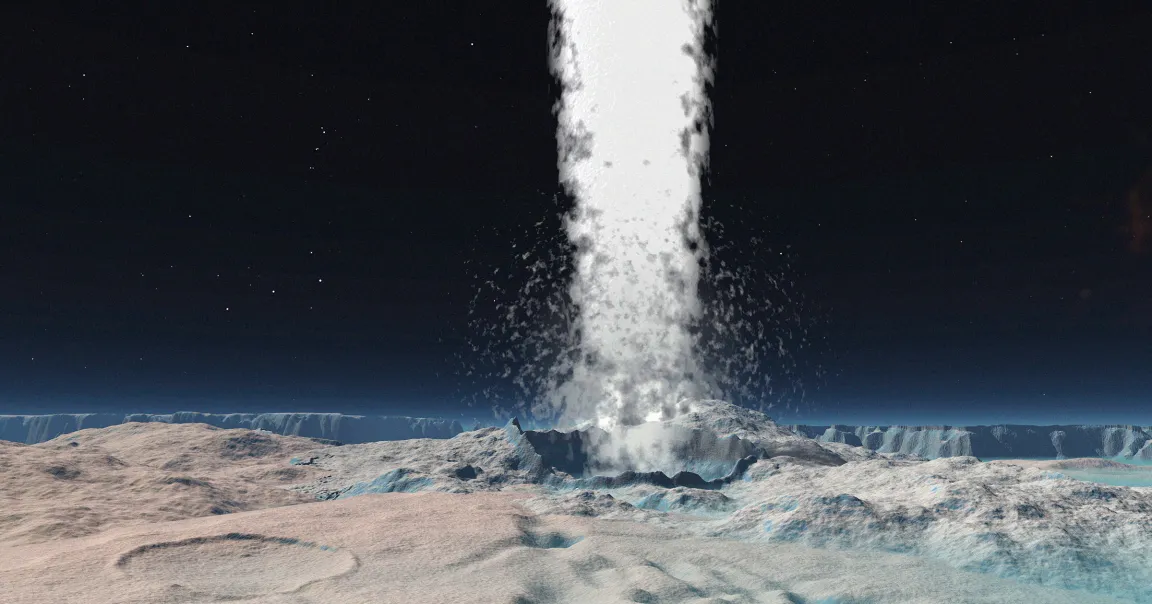
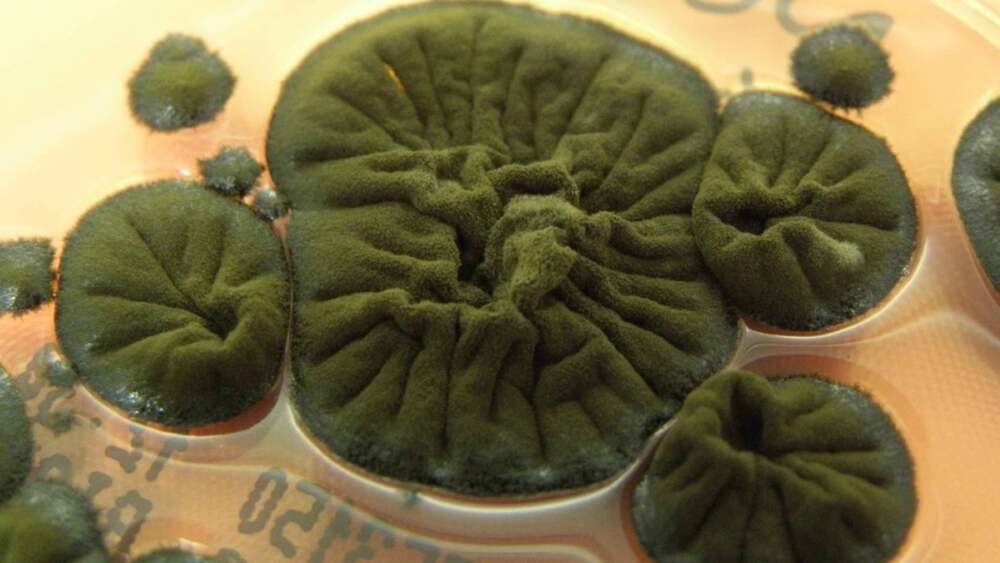
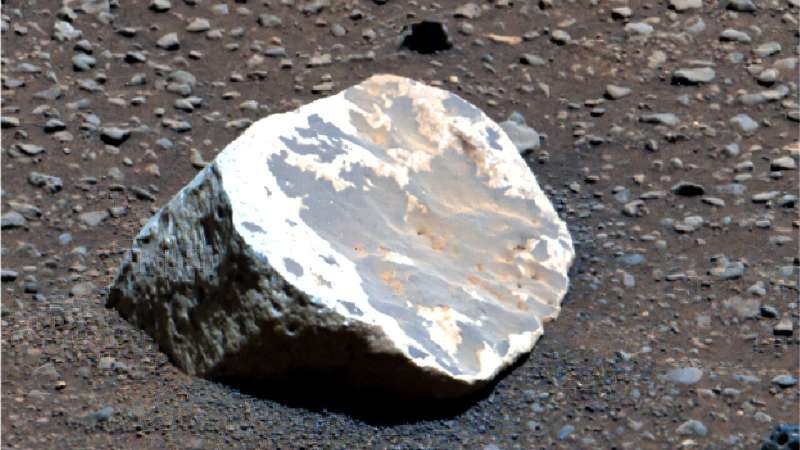
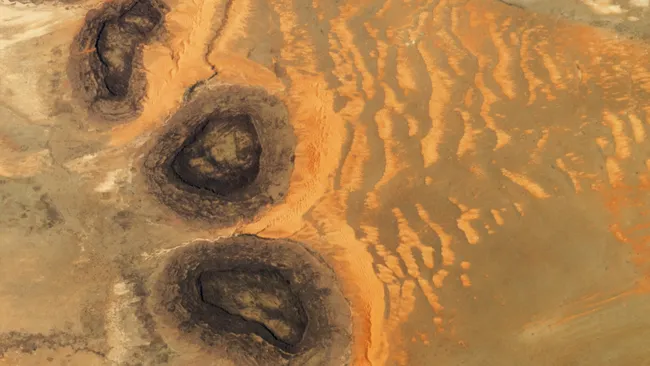

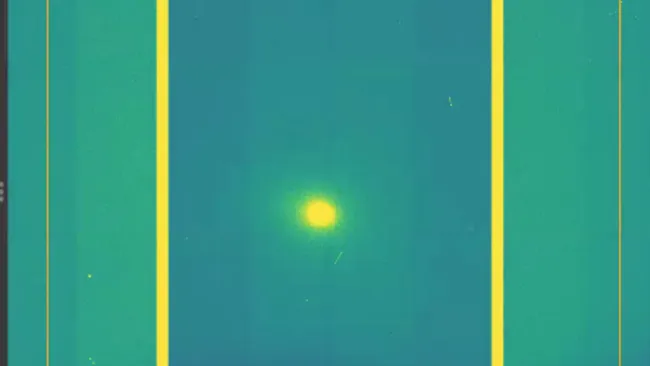




Leave a Reply